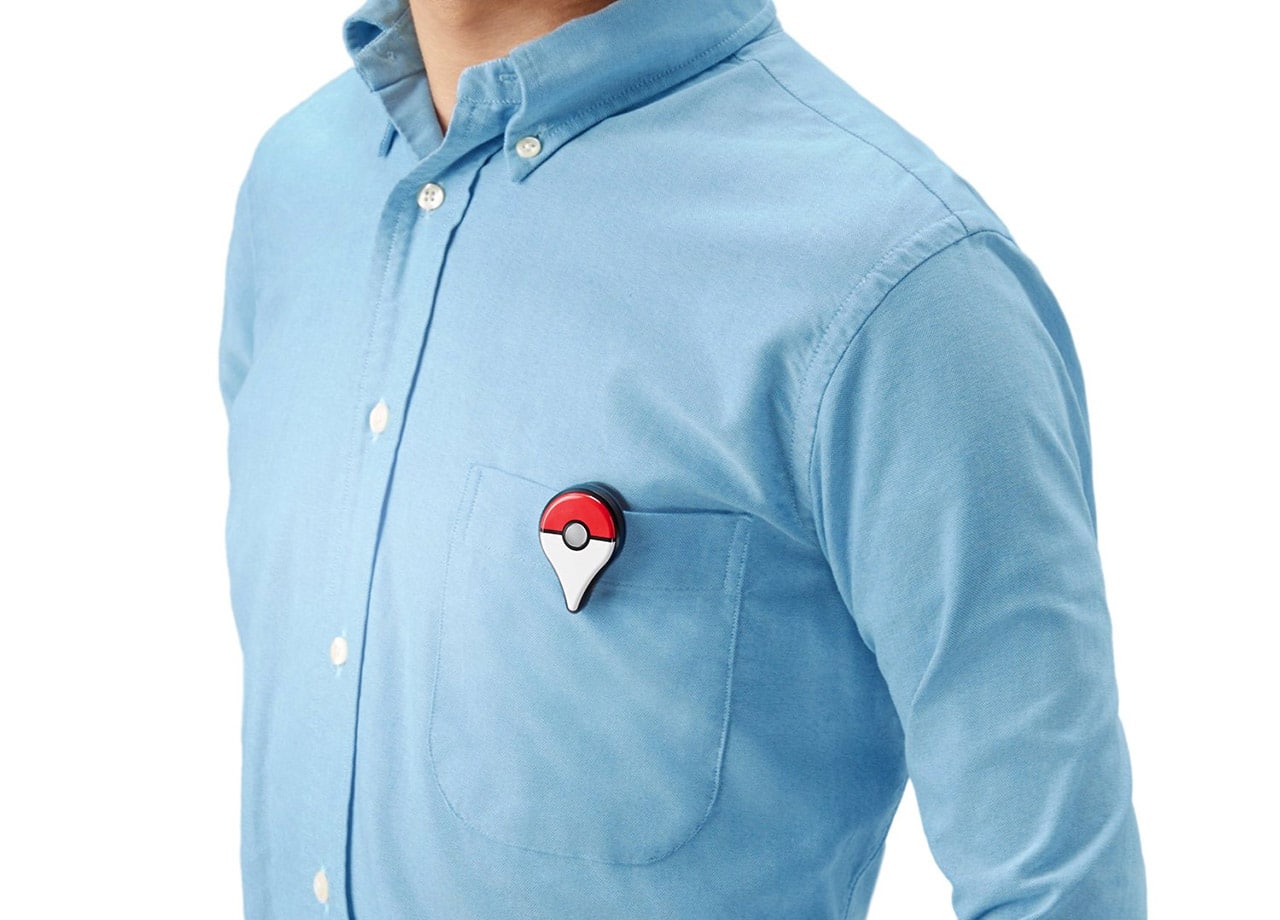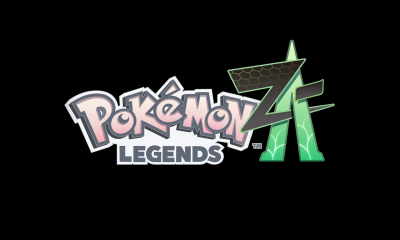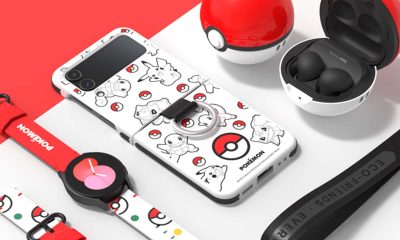Apps
Pokémon Go Plus wearable is out, doesn’t really do much
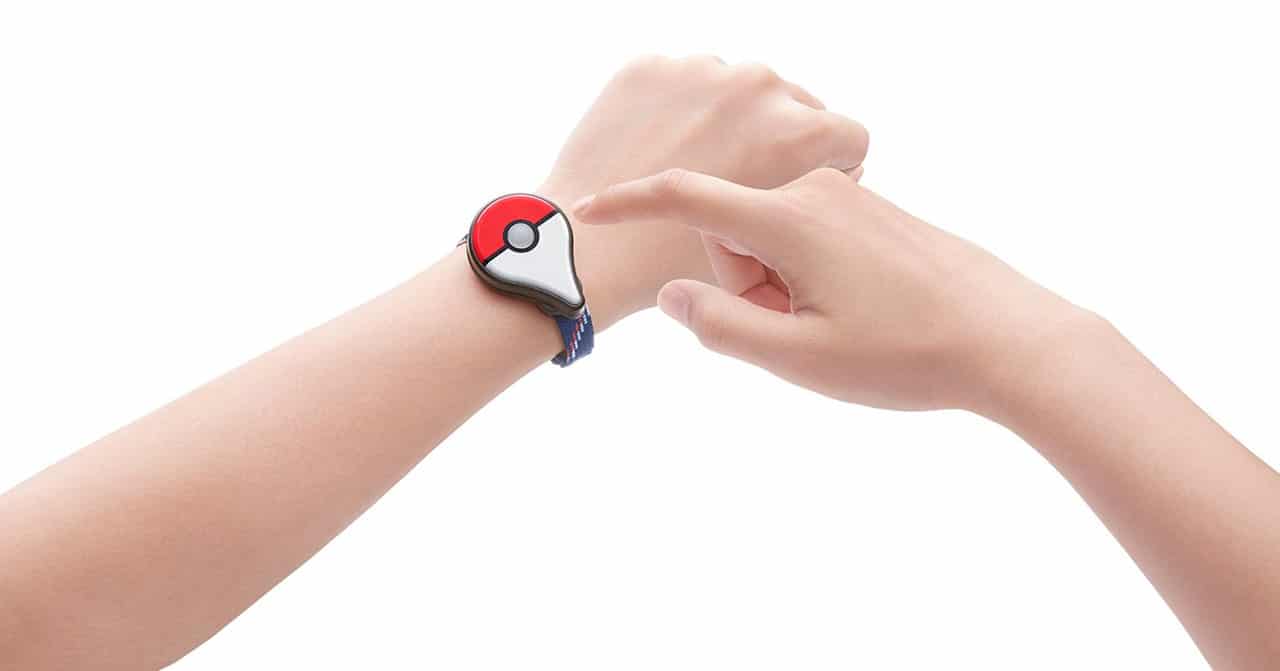
The Pokémon Go Plus accessory is finally available, and it’s here to rid users of the nuisances Pokémon Go players have been experiencing since its launch. No, the wearable won’t cure the broken tracking system or the in-game errors, but it’ll make creature catching a little less of a headache.
With a single button that lights up for notifications, the accessory allows players to leave their smartphones tucked away while both devices are connected through low-energy Bluetooth. It can be attached to any part of your clothing or the bundled bracelet — really depends on how proud you are of your Pokémon Go addiction.
It’s all as simple as it looks. Once paired with your phone, the Plus will flash a blue light when a PokéStop is in the vicinity. Press the lonesome button at that moment, and you’ll acquire all the available goodies. When a green or yellow light comes up, that means a Pokémon appeared in your area. Green means you’re about to catch a Pokémon you’ve seen before; tap the button, and the game will automatically throw a regular Poké Ball for you. Yellow signifies a pocket monster you’ve yet to own, so you’ll have to bring out your phone in order to catch it.
Successfully collecting from a PokéStop or securing a Pokémon will be confirmed by multiple flashing colors; failure leads to a string of red lights. Since there’s no screen to speak of, you have to check your phone’s notifications or the game’s journal to find out exactly what happened.
As you can tell, the Pokémon Go Plus is essentially a supplement to the mobile game, and can in no way stand alone. There’s also a bunch of functions you can’t pull off, such as battling gyms and sorting your items. On the bright side, users will have a much easier time hatching eggs, as the wearable device can record distance without the phone’s display being on.
Excited to purchase one of your own? Hold on, because here’s the bad news. Availability is quite limited, and even if you do find one, it’ll cost you $35. That’s an outrageous amount for a piece of blinking plastic with nothing but a button.
If you must have it, Nintendo’s Official UK Store, Amazon.com, and GameStop.com might have it in stock.
[irp posts=”10698″ name=”Pokémon Generation 2 is out”]
Source: Pokémon Go

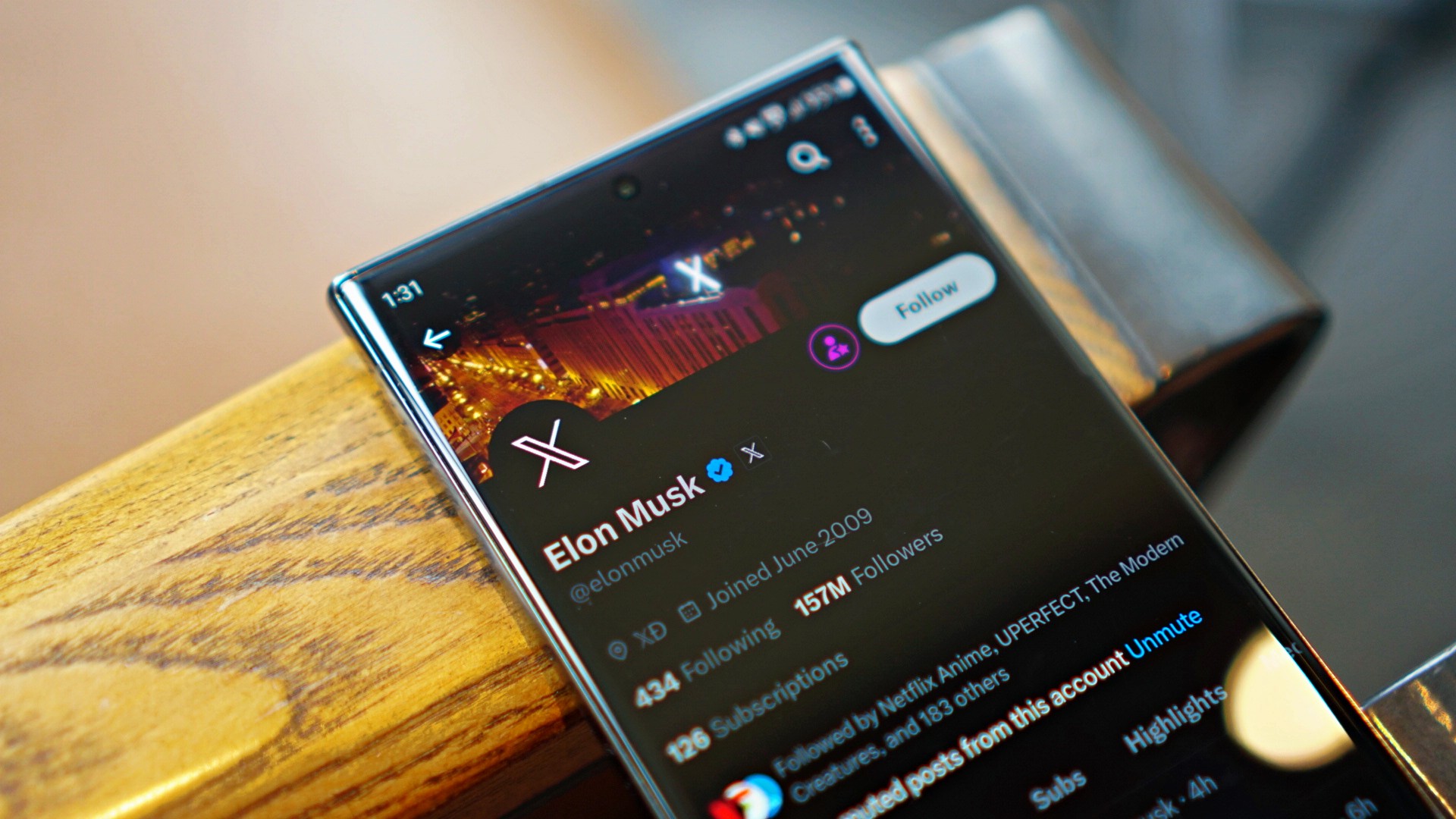
New users on X might soon face a tough time on the platform. The social media website will likely start charging new accounts a small fee for the right to post on the platform.
Now, the fee isn’t a new one. Almost six months ago, the company tested the paid system in New Zealand and the Philippines. New users in those countries had to pay a dollar per year for the ability to post and reply to content.
As spotted by X Daily News on the same platform, the company might be ready to take the experiment to a larger market. New text strings have shown that the policy is rolling out worldwide.
SPECULATION: X might be expanding its policy to charge new users before they reply/like/bookmark a post https://t.co/odqeyeiHBx pic.twitter.com/EU71qlwQ0D
— X Daily News (@xDaily) April 15, 2024
The policy is designed to combat a wave of bots appearing on the platform. By preventing new accounts from creating posts, X hopes to stave off the standard behavior of bots these days. You might have noticed them as OnlyFans creators in unrelated posts, peddling NSFW content on their bio.
Though the global rollout was only just spotted, owner Elon Musk has seemingly confirmed the change. Replying to X Daily News, Musk says that it is “the only way to curb the relentless onslaught of bots.” He says that the current breed of bots can easily bypass simple checks these days.
Apps
Disney+ might get always-on channels similar to cable TV
Featuring content from Marvel, Star Wars, and classic Disney
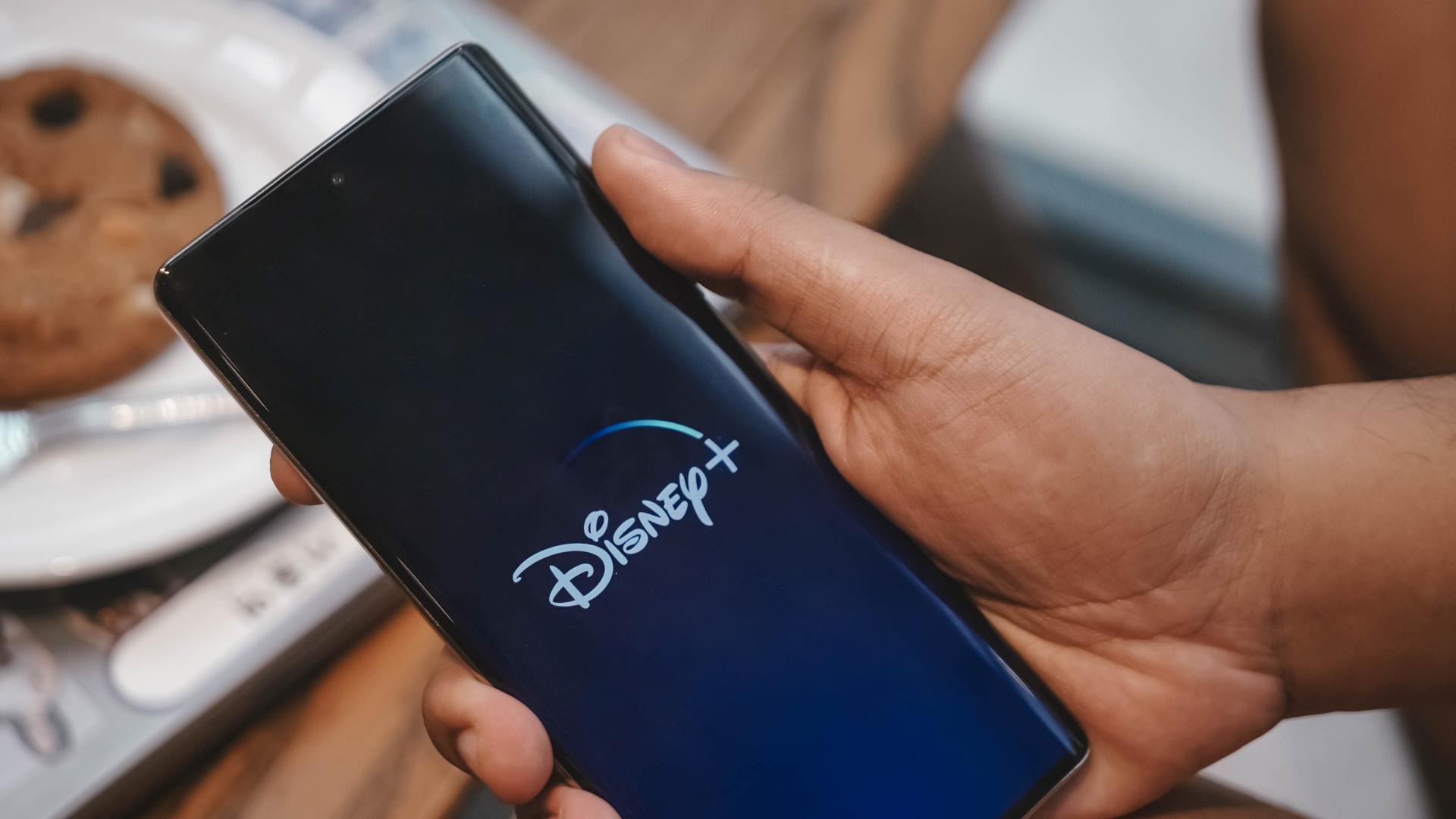
The burden of choice on streaming platforms is real. If you’re like us, you’ve spent hours just mindlessly scrolling through titles on Netflix or Disney+ without watching anything. Netflix, at least, has a Play Something button to fight off that irresistible urge. Now, Disney+ is reportedly trying something different: always-on channels.
If you already cut cable from your lives, you’re likely missing traditional channels or networks that have pre-determined programming. It was a flawed system that eventually ended up with mediocre content and a downpour of ads. However, cable did allow us to keep watching without deciding what comes next.
Now, according to The Information, Disney+ is working on adding those channels to its streaming service. Naturally, these channels will include content from the platform’s library such as Marvel, Star Wars, and its list of classic animated films.
Strangely, the reported feature might still have ads in between programs. Though the addition of ads does mean a better similarity with real television, users still have to be paying subscribers to access the channels. Even if you’re already paying for Disney+, you might still get hit with ads.
Disney has not confirmed the reports yet. The platform might launch a version of the feature outside of the scope included in this report. It’s also unknown when these always-on channels will launch.
SEE ALSO: Macross to be available on Disney+
A few years ago, Apple unleashed one of the most interesting features for the iPhone today: Emergency SOS. Designed for those who like their fair bit of the outdoors, Emergency SOS allows users to contact emergency services without network coverage. Other manufacturers, however, are struggling to adopt the same feature. Now, Google might soon join Apple in providing satellite connectivity for its users.
Despite the convenience, satellite connectivity hasn’t taken off as much as the industry expected it to. For one, a network of satellites isn’t the easiest thing to maintain. Apple is still currently offering its services for free, a gamble that may or may not pay off. Now, the iPhone maker won’t be alone.
According to Android Authority, Google might start offering the same service to Pixel 9 users. Starting with this year’s upcoming flagship, the company is reportedly teaming up with T-Mobile to create satellite connectivity for its users. The telecommunications network is teaming up with SpaceX for the feature.
The same report describes how the feature might work. Once activated, the feature will ask users of their situation: is everyone breathing, are people trapped, are weapons involved, among others. The phone will then relay this information to emergency authorities for a rapid response.
Unfortunately, pricing remains a mystery. While Apple is still offering its satellite connectivity for free, other brands might put the burden of cost on the end user. Hopefully, they won’t, but a paid version is unfortunately expected at this point.
SEE ALSO: Should you be excited for Apple’s satellite connectivity?
-

 Features1 week ago
Features1 week agoFortify your home office or business setup with these devices
-

 Events2 weeks ago
Events2 weeks agoStellar Blade: PlayStation taps cosplayers to play Eve for game’s launch
-
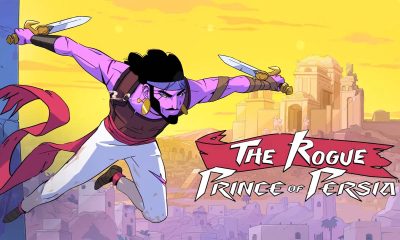
 Gaming2 weeks ago
Gaming2 weeks agoThe Rogue Prince of Persia looks like an ultra-colorful roguelite
-

 Accessories2 weeks ago
Accessories2 weeks agoLogitech unveils G Pro X 60 gaming keyboard: Price, details
-
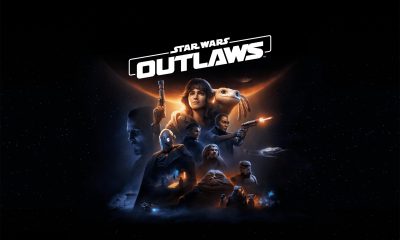
 Gaming2 weeks ago
Gaming2 weeks agoStar Wars Outlaws release date revealed
-

 Reviews7 days ago
Reviews7 days agorealme 12+ 5G review: One month later
-

 Gaming2 weeks ago
Gaming2 weeks agoLenovo confirms development of a Legion Go 2
-

 Deals2 weeks ago
Deals2 weeks agoTCL P635 TV: Big savings for TCL’s anniversary


